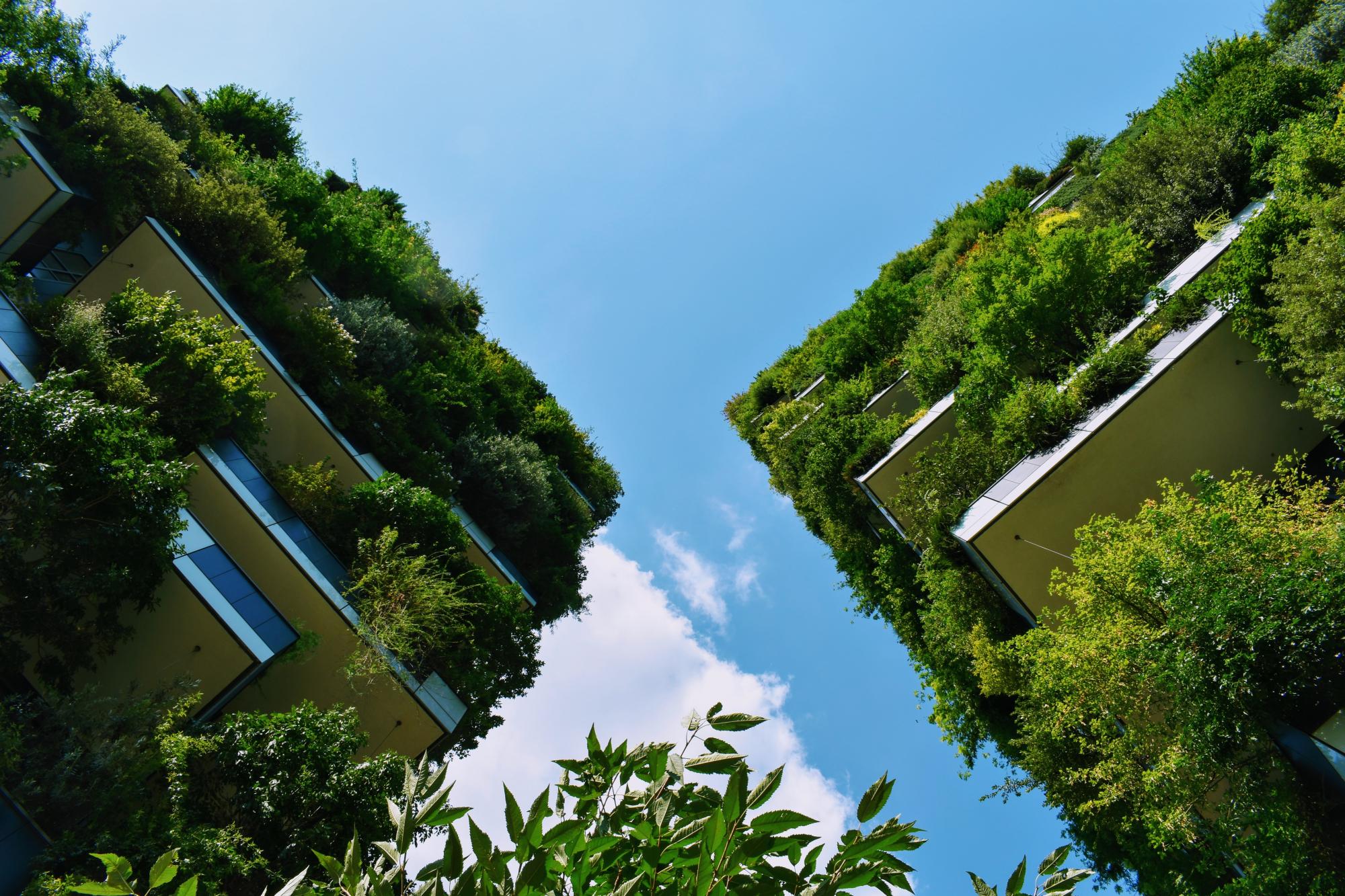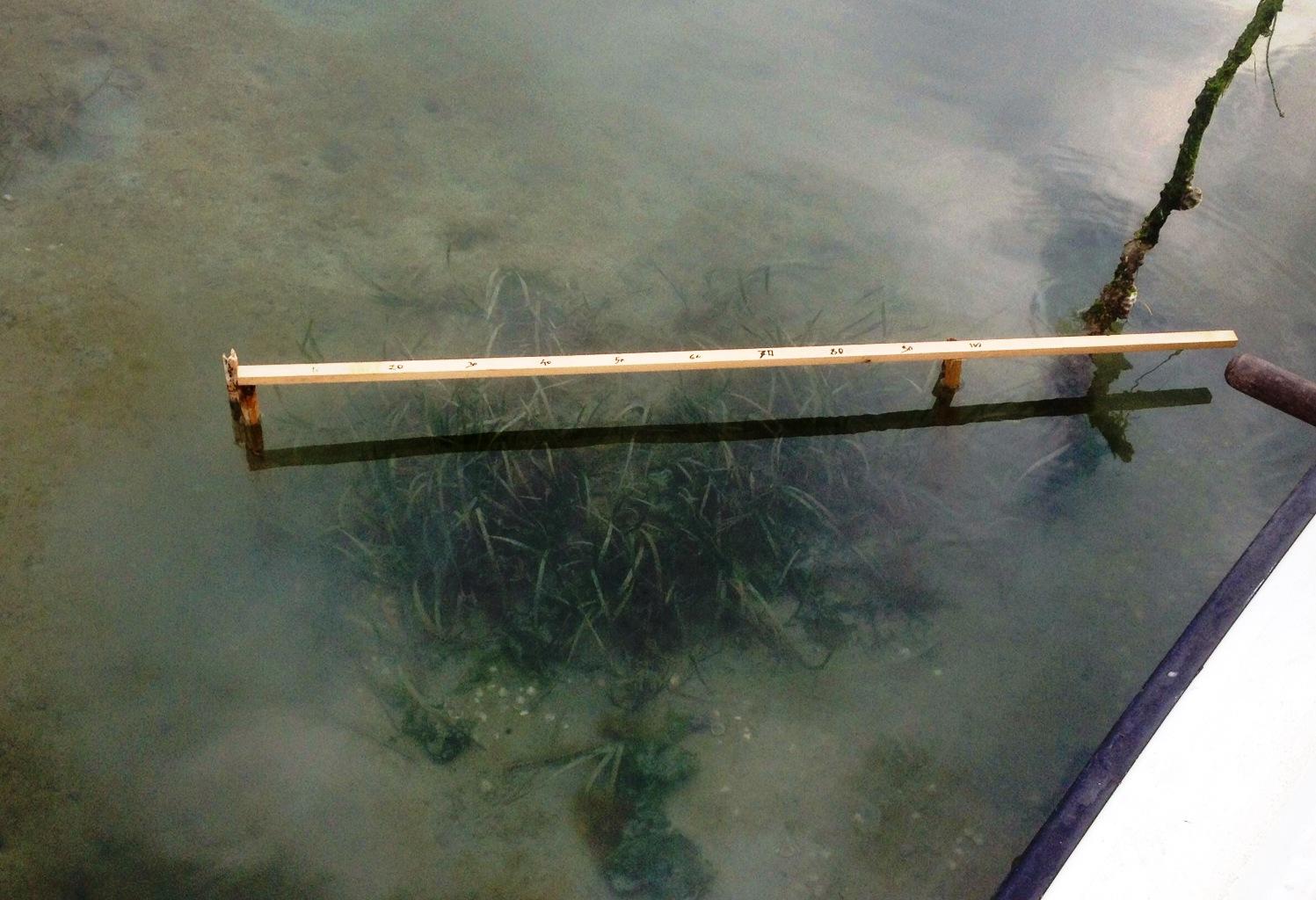Last updated: October 2021
The project LIFE SeResto (LIFE12 NAT/IT/000331) aimed to trigger a process of aquatic recolonisation in “Northern Lagoon of Venice”, mainly through the transplantation of "Zostera marina" and "Zostera noltei" to small sites distributed throughout the area. The proposed intervention technique involved transplanting a small number of plants, with advantages in terms of lower costs and impact on the donor sites (1).
Overview
Nature-based solution
- Blue infrastructure
- Coastlines
- Other
Key challenges
- Water management (SDG 6)
- Improvements to water quality
- Coastal resilience and marine protection (SDG 14)
- Coastal protection / hazard mitigation
- Marine and coastal biodiversity protection
- Marine and coastal research and/or education
- Green space, habitats and biodiversity (SDG 15)
- Habitat and biodiversity restoration
- Habitat and biodiversity conservation
- Green space creation and/or management
- Inclusive and effective governance (SDG 16)
- Effective management
- Cultural heritage and cultural diversity
- Preservation of natural heritage
- Protection of historic and cultural landscape/infrastructure
Focus
Coastal landscape management or protection, Ecological restoration of ecosystems, Monitoring and maintenance of habitats and/or biodiversity, Management and improved protection of rivers and other blue areas
Project objectives
1. Consolidating and restoring aquatic habitat 1150* via the transplantation of submerged aquatic angiosperms;
2. Contributing to the achievement of good ecological status in transitional water bodies, demonstrating the effectiveness of the proposed measures in terms of meeting the objectives set by the Water Framework Directive (Dir. 2000/60/EC Article 4);
3. Quantifying and making good use of the ecosystem services provided by the lagoon environment (1).
Implementation activities
The proposed intervention technique involves transplanting a small number of plants, with advantages in terms of lower costs and impact on the donor sites. The technique is also suited to large-scale application. In support of the natural expansion of seagrass meadows in the surrounding areas, direct intervention is also planned for the entire duration of the project. The aim is to help the seeds take root and to facilitate the growth of new rhizomes produced by the transplanted specimens. Local fishermen (associated with the partners “Laguna Venexiana”) will carry out transplantations after specific training. 35 specific area of the Venice lagoon has been selected as optimal places for the introduction of the seagrass. Circa 400 transplants of plants will be done every year to cover the whole seagrass bed. The plants are ideal because they produce seeds that can be transported by currents and have a restorative impact on a large scale. The transplanting method does not require sophisticated equipment or too much effort (1 and 3).
Biodiversity conservation or restoration-focused activities
Biodiversity conservation:
- Protect and enhance urban habitats
- Promote environmentally-sound development in and around protected areas
- Reduce negative impacts and avoid the alteration/damage of ecosystem
- Protect species
- Undertake specific measures to protect species
- Undertake specific measures to protect native species
- Undertake specific measures to protect valued species
- Control and clean invasive alien species
- Means for conservation governance
- Biodiversity offsets
Biodiversity restoration:
- Rehabilitate and restore damaged or destroyed ecosystems
- Restore species (native, endangered, or unspecified)
- Restore native species
- Clear and control invasive alien species
Main beneficiaries
- Local government/Municipality
- Non-government organisation/Civil Society
- Private sector/Corporate/Company
- Citizens or community groups
Governance
Management set-up
- Co-governance with government and non-government actors
Type of initiating organisation
- EU body
- Local government/municipality
- Non-government organisation/civil society
- Researchers/university
Participatory approaches/ community involvement
- Dissemination of information and education
Details on the roles of the organisations involved in the project
Università di Ca’Foscari di Venezia; Istituto Superiore per la Protezione e la Ricerca Ambientale (ISPRA); Provveditorato Interregionale per le Opere Pubbliche; Laguna Venexiana Onlus. All these partners contributing financing the 25% of the project not financed by EU LIFE budget. They also contribute in the formation of the operators that worked on the transplants as well as the organization of conferences to provide information to the municipality and the public. It is in the interest of the Municipality of Venice and the local fishermen association taking part in the project to restore the habitat of the Northern Venice Lagoon (1).
Project implemented in response to ...
... an EU policy or strategy?
Yes
(It is a response of the Water Framework Directive and the Habitat Directive, which not only requires blue areas habitat degradation to be stopped, but also the implementation of restoration projects (1 and 5). )
... a national policy or strategy?
Yes
(It is a response of the Water Framework Directive and the Habitat Directive, which not only requires blue areas habitat degradation to be stopped, but also the implementation of restoration projects. Therefore in a way it involves national regulations adapting and implementing EU regulations (1 and 5). )
... a local policy or strategy?
Unknown
Financing
Total cost
€500,000 - €2,000,000
Source(s) of funding
- EU funds
- Public local authority budget
- Funds provided by non-governmental organization (NGO)
Type of funding
- Earmarked public budget
- Direct funding (grants, subsidies, or self-financed projects by private entities)
Non-financial contribution
Type of non-financial contribution
- Provision of land
- Provision of labour
Who provided the non-financial contribution?
- Public authorities (e.g. land, utility services)
Impacts and Monitoring
Environmental impacts
- Water management and blue areas
- Improved water quality
- Enhanced protection and restoration of coastal and marine ecosystems
- Green space and habitat
- Increased number of protection areas
- Increased conservation or restoration of ecosystems
- Reduced biodiversity loss
- Increased ecological connectivity across regeneration sites and scales
Economic impacts
- Unknown
Socio-cultural impacts
- Education
- Increased support for education and scientific research
- Increased awareness of NBS and their benefits
Type of reported impacts
Expected impacts
Presence of formal monitoring system
Yes
Presence of indicators used in reporting
Yes
Presence of monitoring/ evaluation reports
Yes
Availability of a web-based monitoring tool
Yes
References
1. LIFE SEgrass RESTOration (SERESTO) Project Official webpage Available at: Source link. Accessed on 1st October, 2020.
2. Cartella stampa - press release.
3. Project flyer. Available at: Source link. Accessed on 1st October, 2020.
4. Project overview. Available at: Source link. Accessed on 1st October, 2020.
5. Project presentation. Available at: Source link. Accessed on 1st October, 2020.
6. Project results/update. Available at: Source link. Accessed on 1st October, 2020.
7. Ecologic parameters. Available at: Source link. Accessed on 1st October, 2020.
8. Preliminary publication. Available at: Source link. Accessed on 1st October, 2020.
9. Venice as a smarter city. Available at: Source link. Accessed on 1st October, 2020.
10. Instituto Superior per la Protezione e la Ricerca Ambientale (ISPRA) (2018) Il trapianto di fanerogame acquatiche come misura per il ripristino delle lagune costiere: Resultati del progetto LIFE SERESTO. Available at: Source link. Accessed on 16th October, 2020.
2. Cartella stampa - press release.
3. Project flyer. Available at: Source link. Accessed on 1st October, 2020.
4. Project overview. Available at: Source link. Accessed on 1st October, 2020.
5. Project presentation. Available at: Source link. Accessed on 1st October, 2020.
6. Project results/update. Available at: Source link. Accessed on 1st October, 2020.
7. Ecologic parameters. Available at: Source link. Accessed on 1st October, 2020.
8. Preliminary publication. Available at: Source link. Accessed on 1st October, 2020.
9. Venice as a smarter city. Available at: Source link. Accessed on 1st October, 2020.
10. Instituto Superior per la Protezione e la Ricerca Ambientale (ISPRA) (2018) Il trapianto di fanerogame acquatiche come misura per il ripristino delle lagune costiere: Resultati del progetto LIFE SERESTO. Available at: Source link. Accessed on 16th October, 2020.

